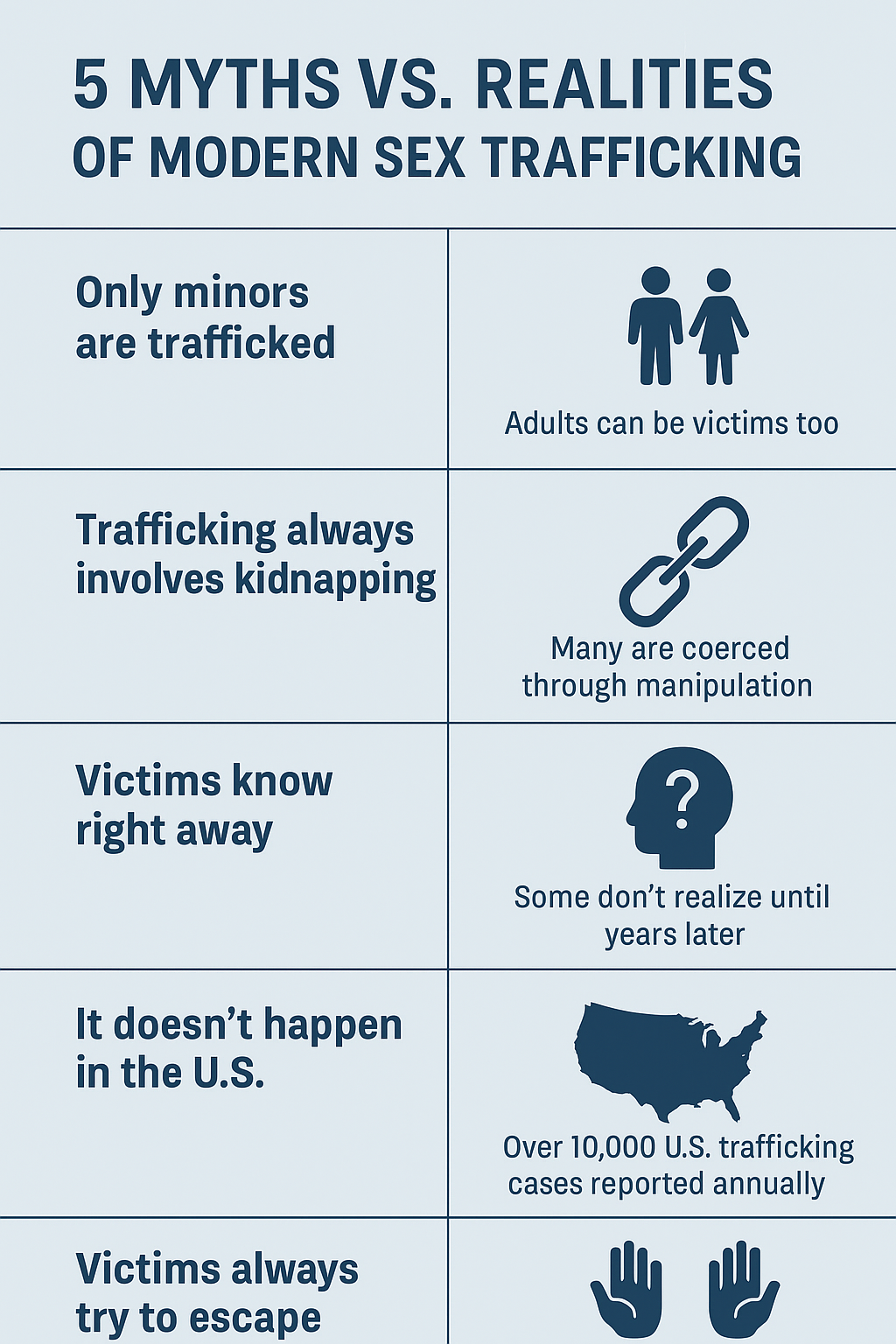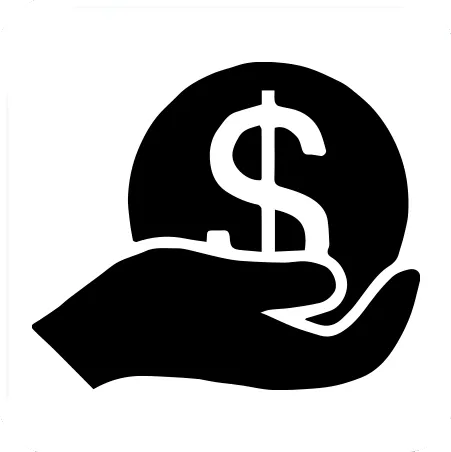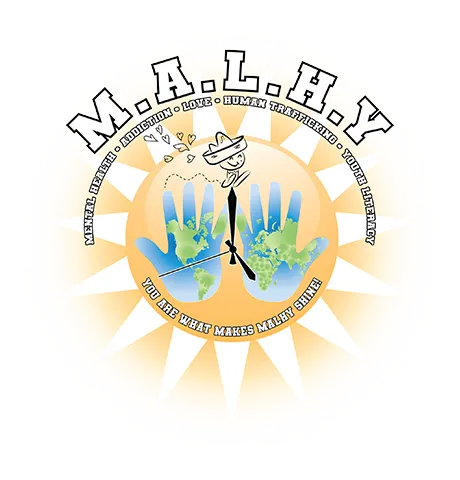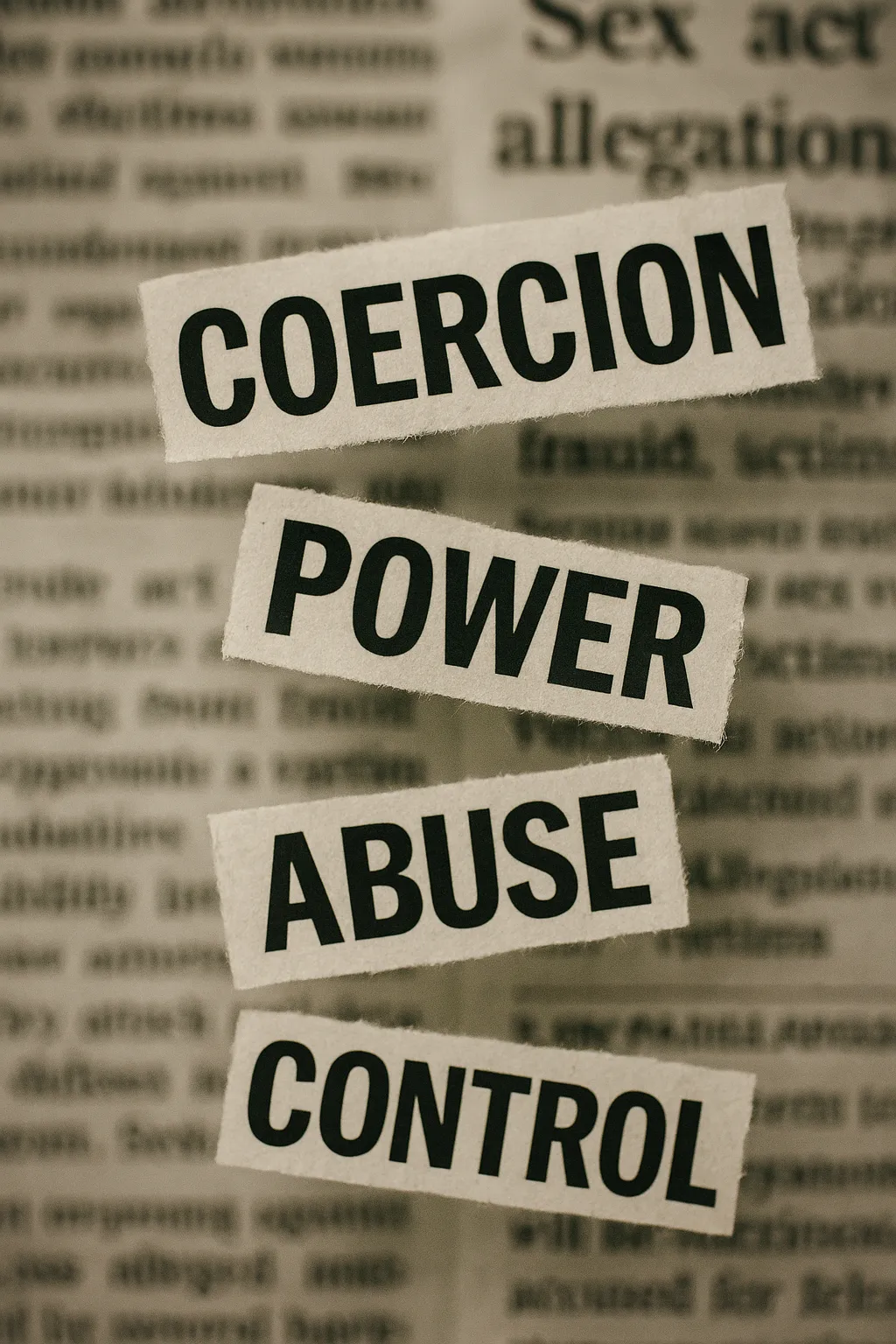What the Diddy Trial Teaches Us About the Hidden Faces of Sex Trafficking
MALHY | Empowering Youth, Protecting Futures
The legal spotlight on Sean “Diddy” Combs has reignited a national discussion—not just about celebrity abuse of power, but about how sex trafficking can hide in plain sight. This case shows us how psychological coercion, emotional manipulation, and status can be used to traffic individuals—without a single locked door or chain.
What Most People Think Sex Trafficking Looks Like
Common perceptions often include:
Victims kidnapped or held against their will
Young girls smuggled across borders and forced into prostitution
Acts of exploitation in street-level or brothel environments
In Hollywood, trafficking is often imagined as:
Sex traded for roles, status, or job opportunities
Abuse disguised as mentorship or access
Coercion hidden under glamor and celebrity
These are real forms of trafficking—but they’re only part of the story.
What’s Different About the Diddy Case?
According to court documents and multiple civil lawsuits, Sean Combs is accused of maintaining control over several women through a network of surveillance, threats, drugs, and emotional manipulation. One case claims Combs trafficked women across state lines and used force and coercion to subject them to unwanted sexual acts — a pattern that fits the federal definition of sex trafficking.
🔗 Read the TVPA definition of sex trafficking from the U.S. Department of Justice
🔗 CourtTV – Federal agents raid homes of Sean Combs amid trafficking investigation
This case illustrates that trafficking doesn't require chains—it often operates through influence, fear, and psychological grooming.
What the Law Says About Sex Trafficking
Under the Trafficking Victims Protection Act (TVPA):
“Sex trafficking is the recruitment, harboring, transportation, provision, or obtaining of a person for a commercial sex act... induced by force, fraud, or coercion—or involving any minor.”
🔗 Source: U.S. Department of Justice
This includes emotional manipulation, power imbalances, financial dependency, and false promises—tactics common in high-control environments like the ones alleged in the Combs case.
Why Victims Don’t Always Know They’re Being Trafficked
Many survivors:
Knew or even loved their trafficker
Felt trapped by financial dependence or fear
Didn’t experience physical restraint—but couldn’t say no
Trafficking can wear a designer suit, drive a luxury car, and offer promises of success—but it’s still trafficking.
Counterarguments (and the Truth)
“They were adults who made a choice.”
Consent obtained through coercion, manipulation, or fear is not true consent.
“They were paid or gifted.”
Grooming often includes money, drugs, or opportunities—but that doesn't make it non-exploitative.
“They never tried to leave.”
Fear, emotional abuse, and trauma bonding often prevent victims from escaping.
What We Can Teach Youth and Families
At MALHY, we equip young people and their families to spot the subtle signs of trafficking through our youth education and prevention programs.
We also offer mental health support services and addiction recovery programs for those affected by trauma, grooming, or substance abuse.
Want to help your child understand how trafficking can happen? Consider attending one of our family safety awareness workshops.
Infographic: 5 Myths vs. Realities of Modern Sex Trafficking
See visual aid below: “5 Myths vs. Realities of Modern Sex Trafficking”
🔗 Source: Polaris Project – Myths and Facts

If You or Someone You Know Needs Help
📞 National Human Trafficking Hotline: 1-888-373-7888
Text “BEFREE” to 233733
🔗 Visit PolarisProject.org
🤝 Contact MALHY for Support or call (951) 704-0025
Why This Matters for Our Youth
Sex trafficking doesn't always look like what we see in the movies. It can look like opportunity. Like love. Like fame. And our youth—curious, ambitious, and searching for belonging—are some of the most vulnerable targets.
When powerful people use manipulation instead of chains, it becomes harder to see the abuse. And if we don’t teach the truth about what trafficking really looks like, we leave the next generation exposed.
This isn’t just about one case. It’s about every young person who’s ever felt pressured, trapped, or powerless—and every adult who has the ability to step in and change the story.
If your heart is stirring, that’s no accident. That’s the call.
Join us at MALHY and be part of the fight to protect and empower.
👉 Volunteer or contact us today →







